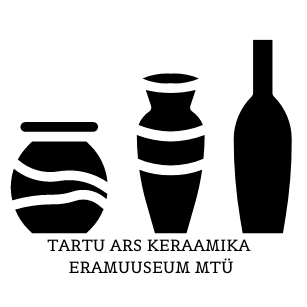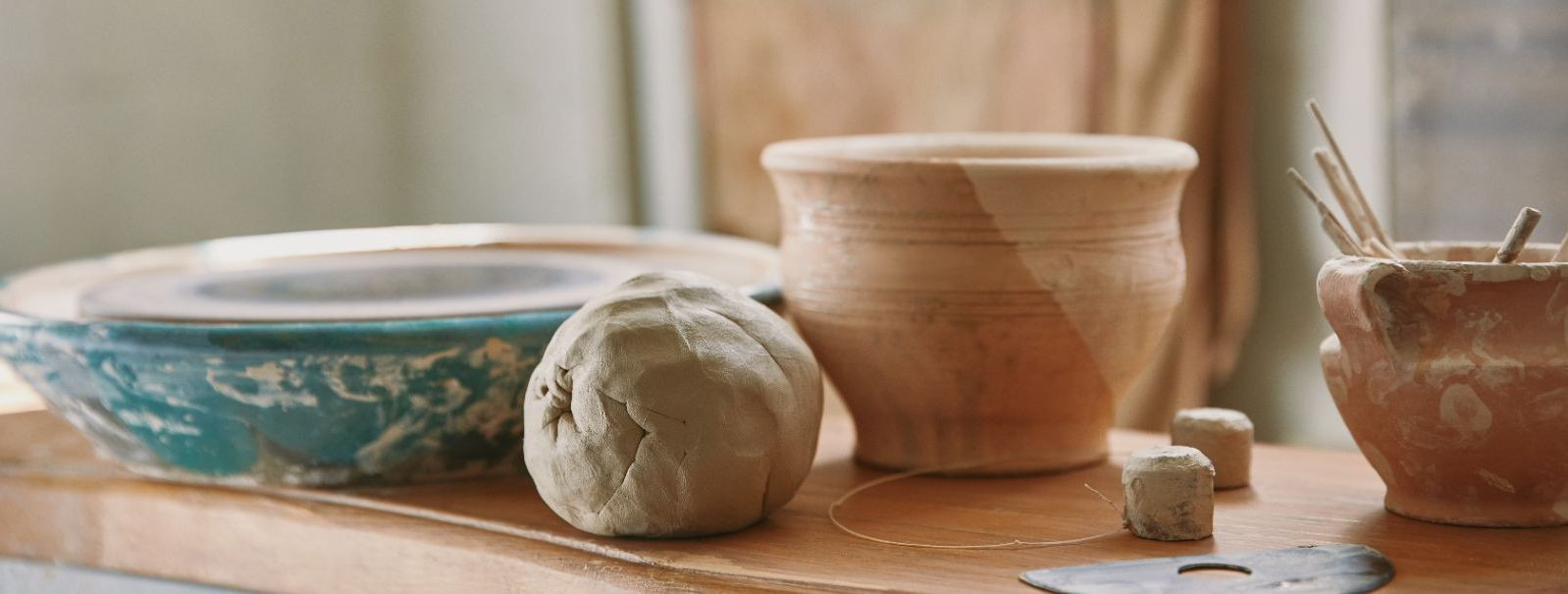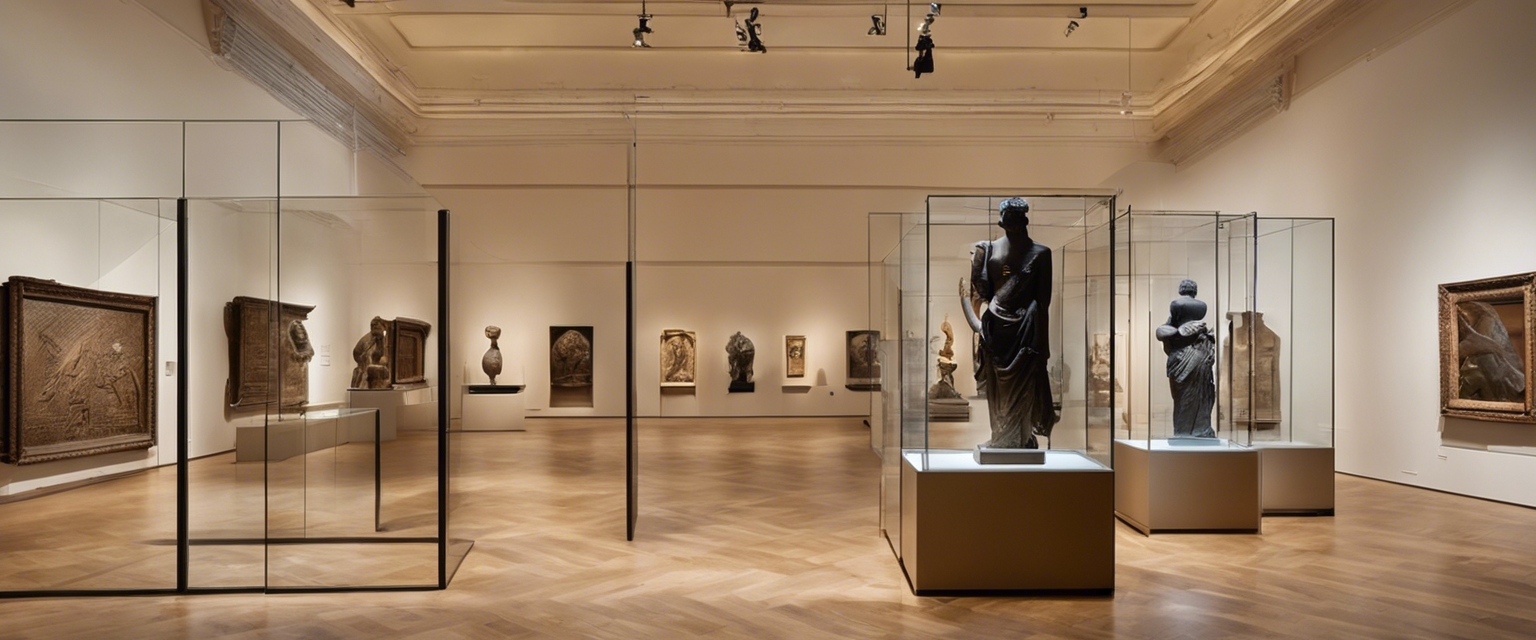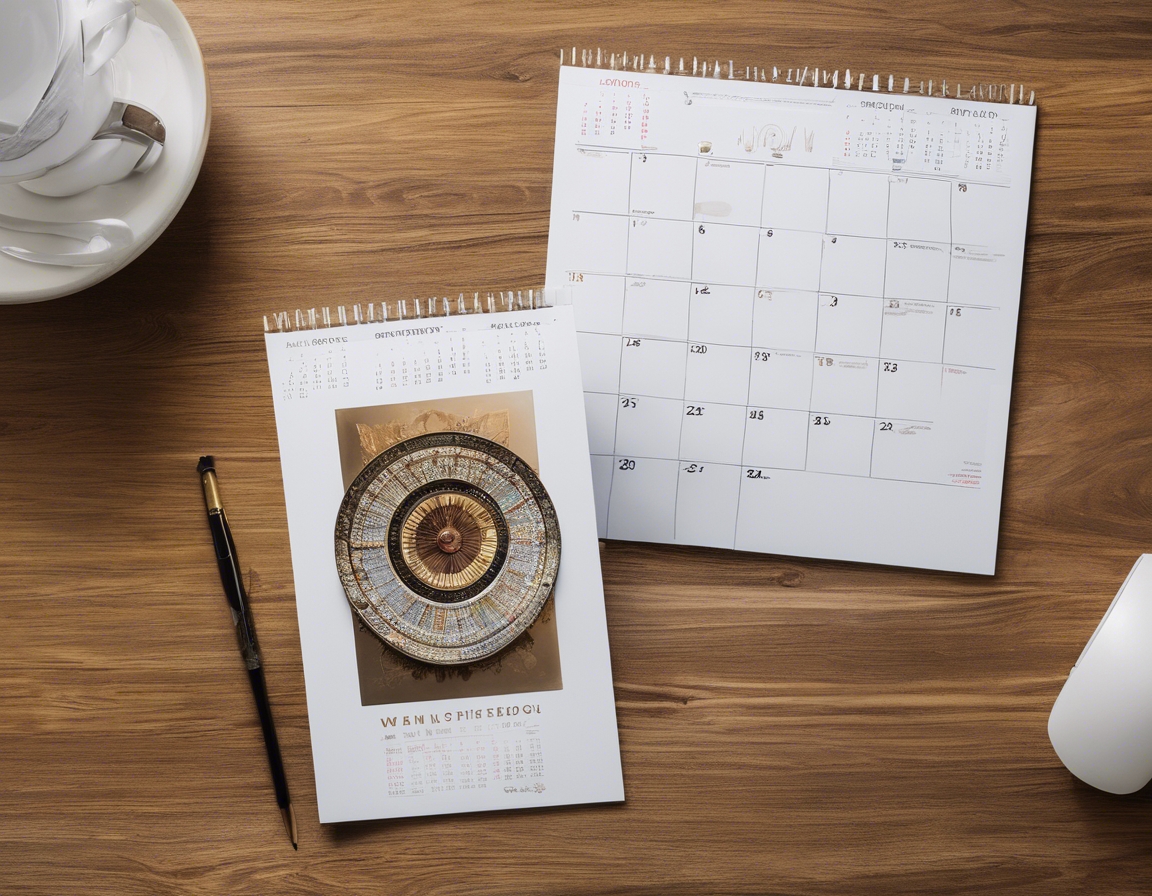The process behind traditional ceramics
Traditional ceramics are a testament to human creativity and skill, a craft that has been refined over millennia. From the earliest pottery shards discovered in archaeological sites to the exquisite ceramic art displayed in galleries today, the journey of creating traditional ceramics is rich with history and technique.
Understanding the Raw Materials
Clay is the primary material used in the production of traditional ceramics. Its plasticity allows it to be shaped, and its chemical composition transforms upon firing to create a durable product. Different types of clay, such as earthenware, stoneware, and porcelain, offer varying characteristics and are chosen based on the desired outcome.
In addition to clay, materials such as silica, feldspar, and various metal oxides are used to modify the body and glaze of ceramics. These materials affect the texture, color, and strength of the final piece.
The Five Stages of Ceramic Creation
The first step in the ceramic process is to prepare the clay. This involves wedging the clay to remove air bubbles and achieve a consistent texture. The clay is then ready to be formed into a variety of shapes.
Shaping the clay can be done through various methods such as hand-building, wheel-throwing, or pressing into molds. Each technique requires a different skill set and can produce distinct results.
Once shaped, the pieces must be dried slowly to prevent warping or cracking. This stage is crucial for the structural integrity of the piece.
The dried pieces undergo a first firing, known as bisque firing, which hardens the clay and prepares it for glazing. This firing is done at a lower temperature than the final firing.
After bisque firing, the ceramics are glazed. The glaze can be applied in various ways, including dipping, pouring, or painting. The final firing, which is at a higher temperature, vitrifies the glaze and clay body, creating a glass-like surface and bonding them together.
Decorative Techniques in Traditional Ceramics
Decorative techniques such as carving and incising are used to add texture and patterns to the surface of ceramics. These methods are often done before the bisque firing.
Slip decorating involves applying a liquid clay mixture to the surface of the piece to create designs. It can be done at various stages of the drying process.
Understanding glaze chemistry is essential for achieving the desired finish on ceramics. The composition of the glaze and the firing process determine the final appearance of the piece.
Preserving the Craft: The Role of Museums and Cultural Institutions
Museums and cultural institutions like TARTU ARS KERAAMIKA ERAMUUSEUM MTÜ play a vital role in preserving the tradition of ceramic arts. They provide a space for education, exhibition, and the celebration of this ancient craft, ensuring its continuation for future generations.






Comments (0)